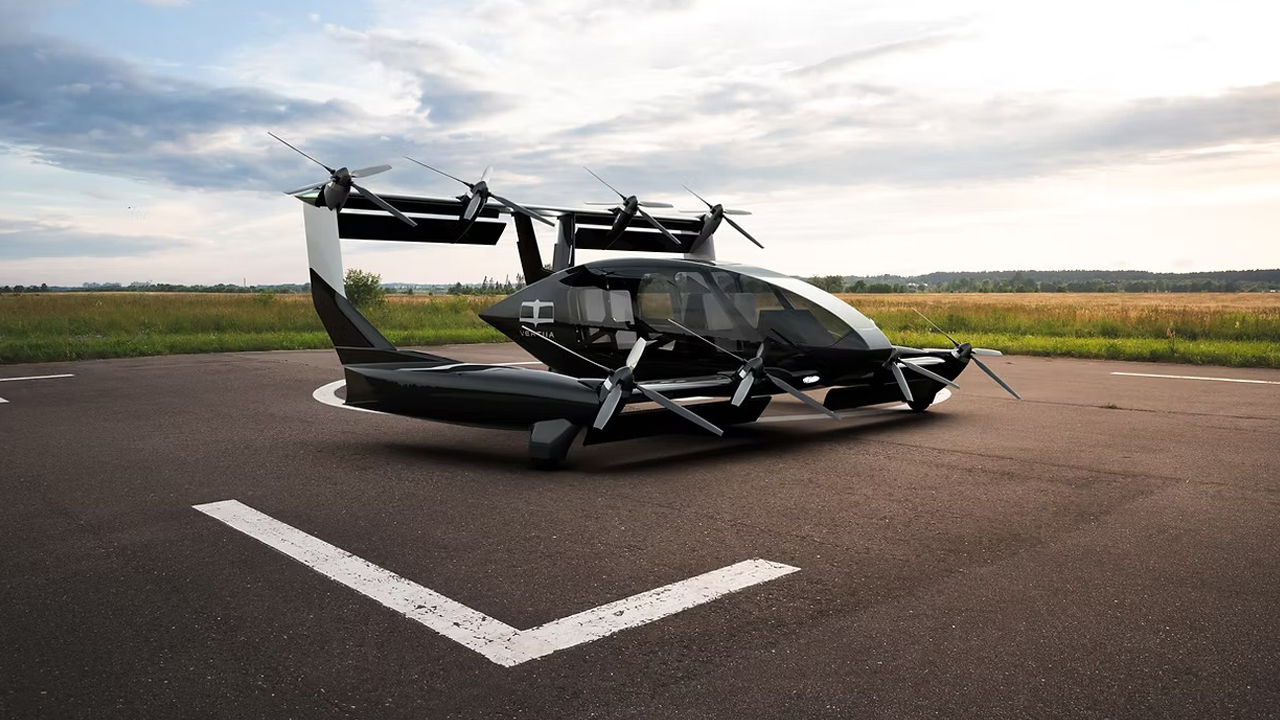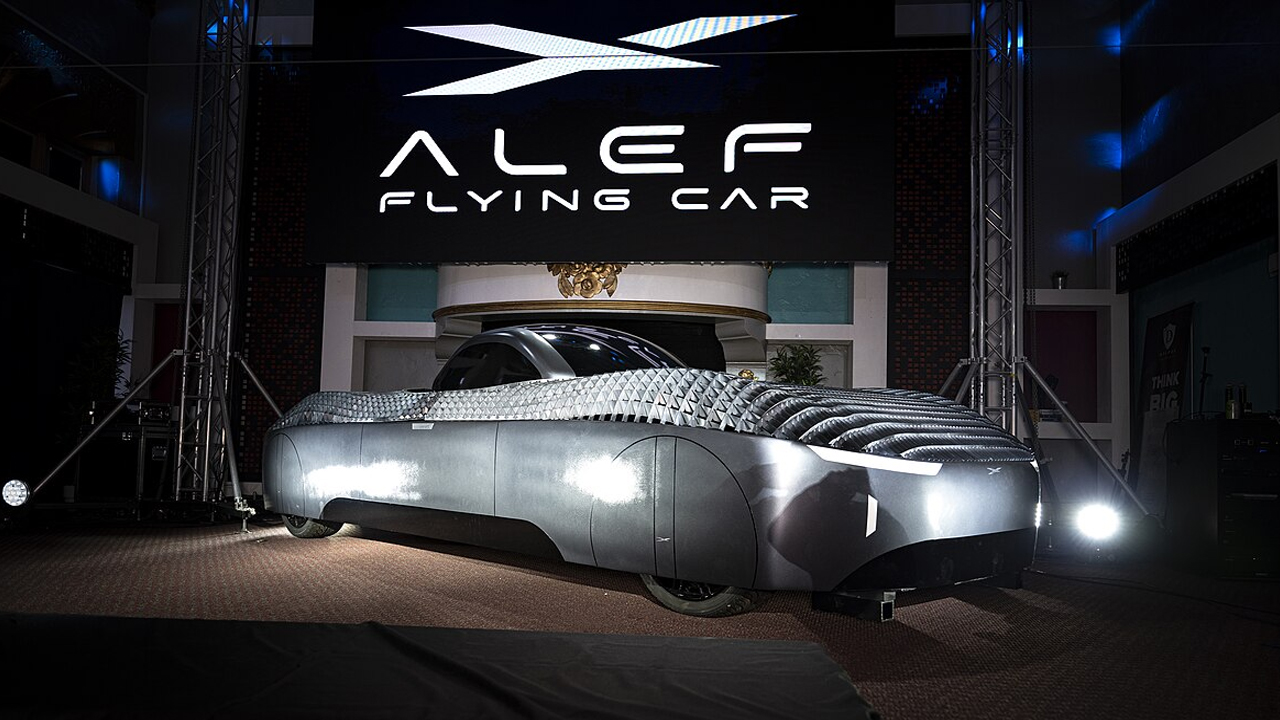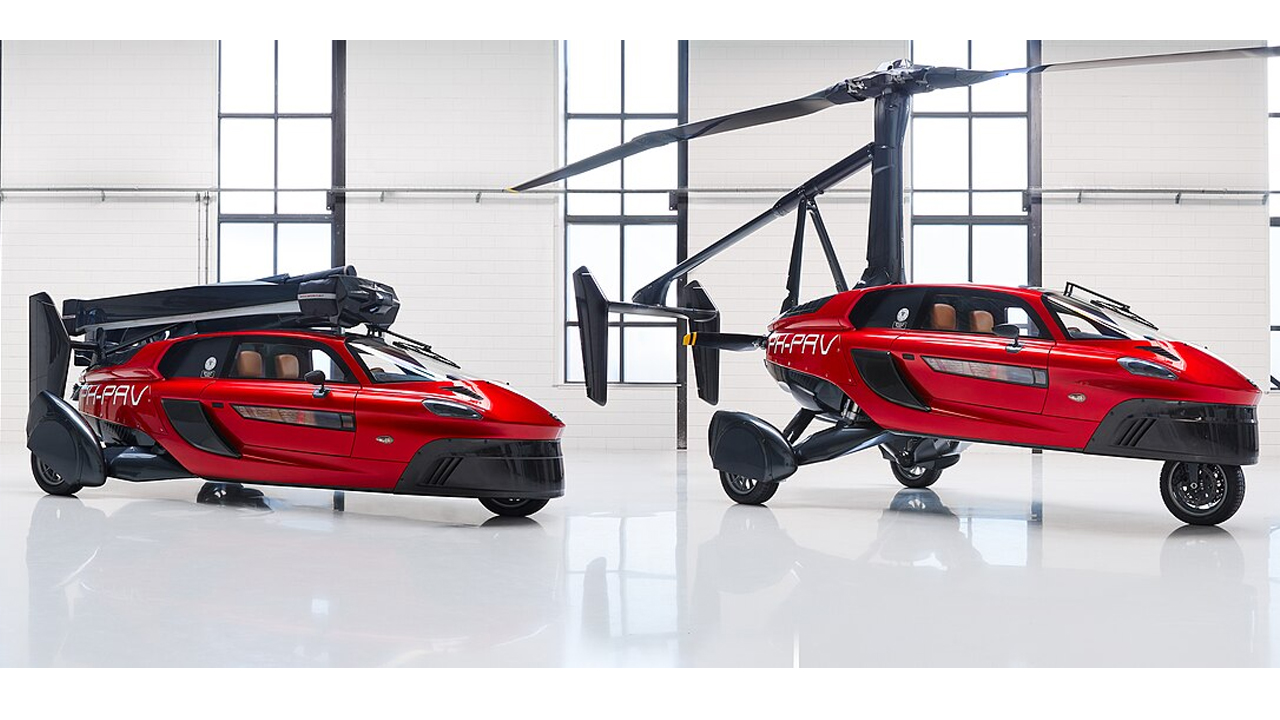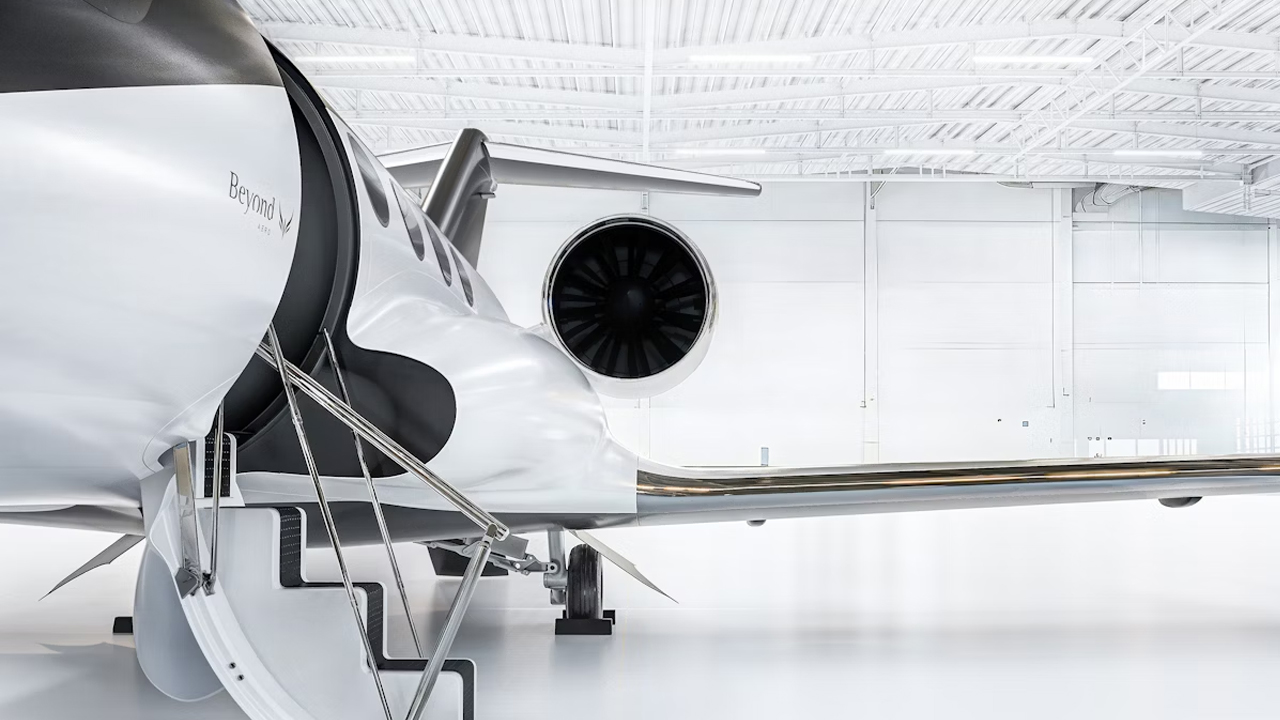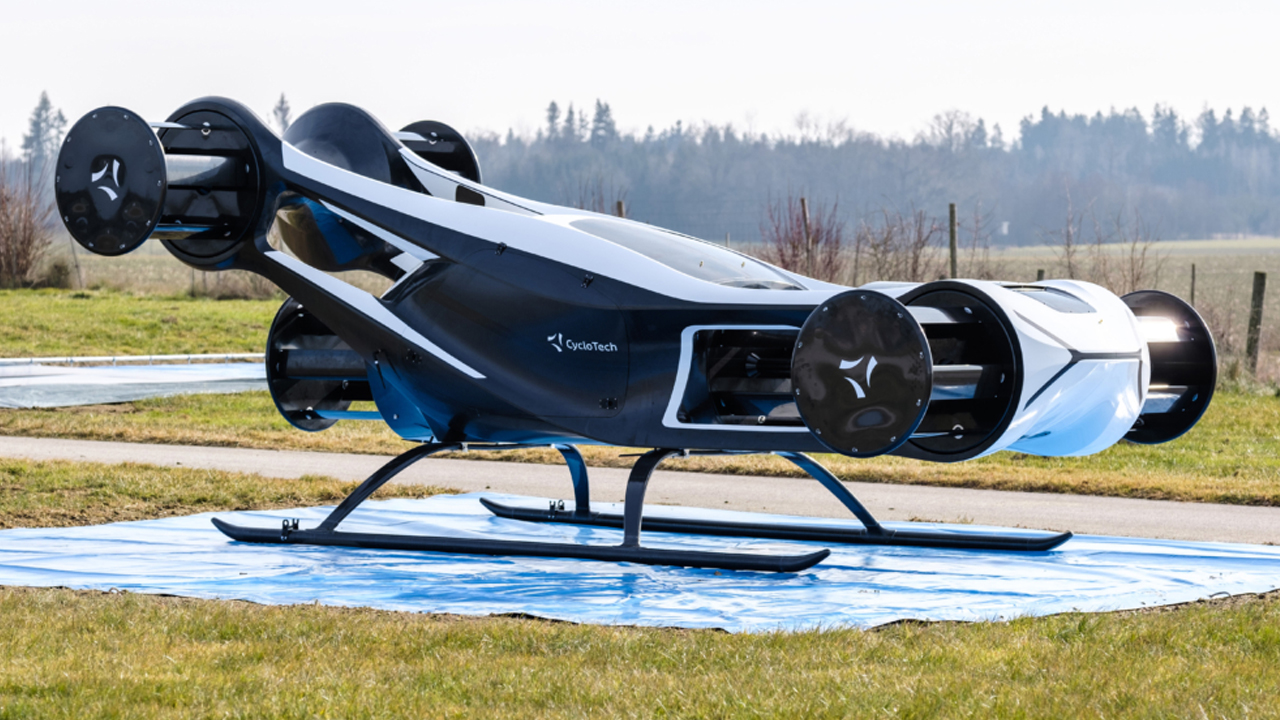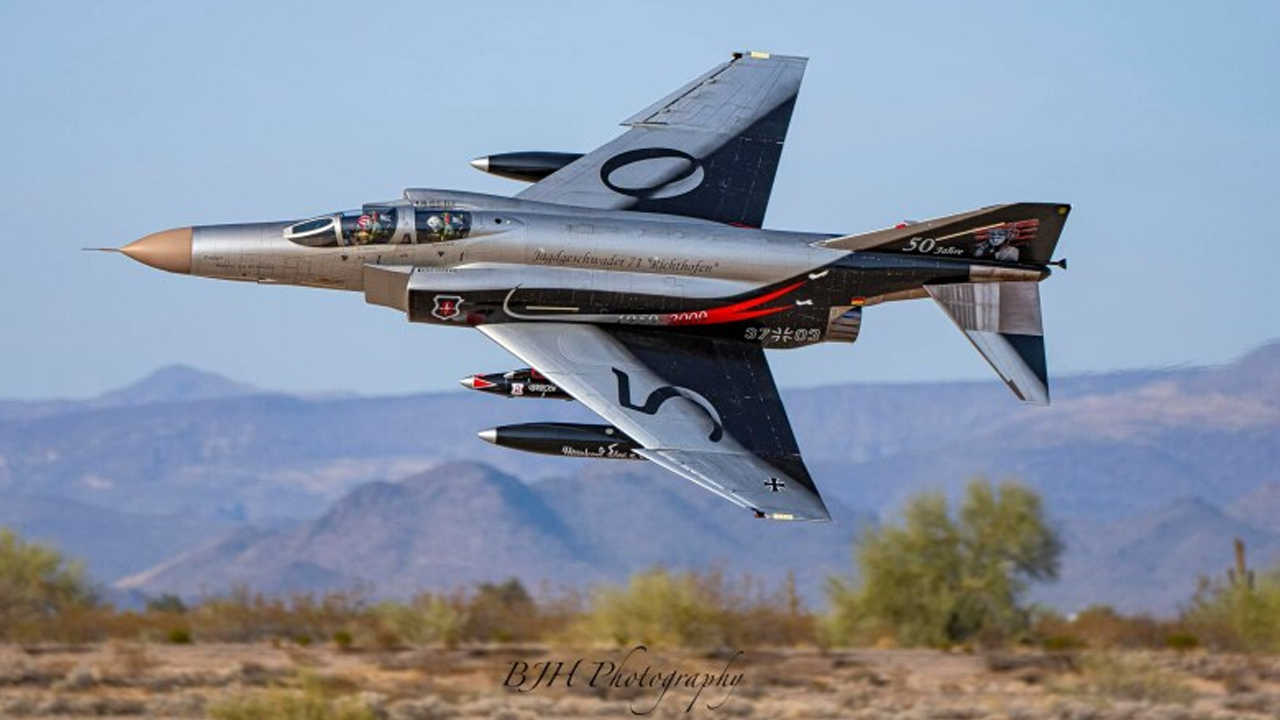Hydrogen-powered aircraft aren’t just some futuristic fantasy anymore—they’re actually being built. And one of the most ambitious projects is coming out of Australia. It’s called Vertiia, and it’s aiming to fly long distances at speeds usually reserved for Formula 1 cars—without burning a single drop of fuel. What’s even more impressive is that this thing doesn’t just sound cool—it’s being designed to solve real-world problems, like regional access, emergency transport, and sustainable travel. Here’s a closer look at what’s happening behind the scenes, and why it matters.
Australia’s Push Toward Hydrogen-Powered Flight
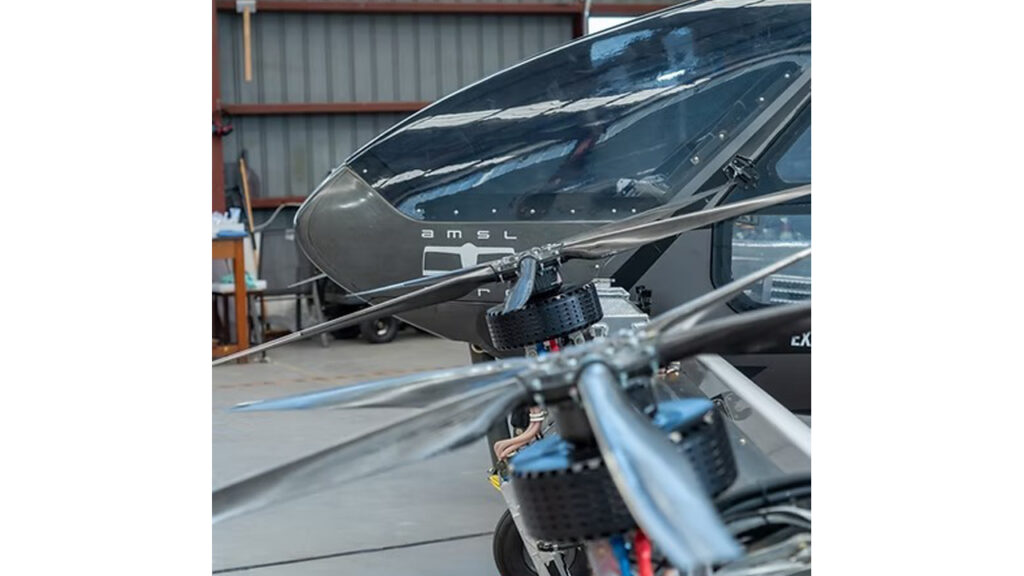
Australia’s aerospace scene is stepping into the spotlight with Vertiia, a hydrogen-electric aircraft being developed by Sydney-based AMSL Aero. This aircraft is designed to fly up to 1,000 kilometers at speeds close to 300 km/h, which puts it right up there with Formula 1 racing speeds—but in the sky. And it does all that with zero emissions.
The goal is long-range, sustainable flight that doesn’t rely on fossil fuels. By using hydrogen fuel cells instead of jet fuel, Vertiia opens the door to cleaner air travel across remote and regional Australia, where flying is often the only efficient way to get around. (AIN Online)
Formula 1 Tech Meets Aviation
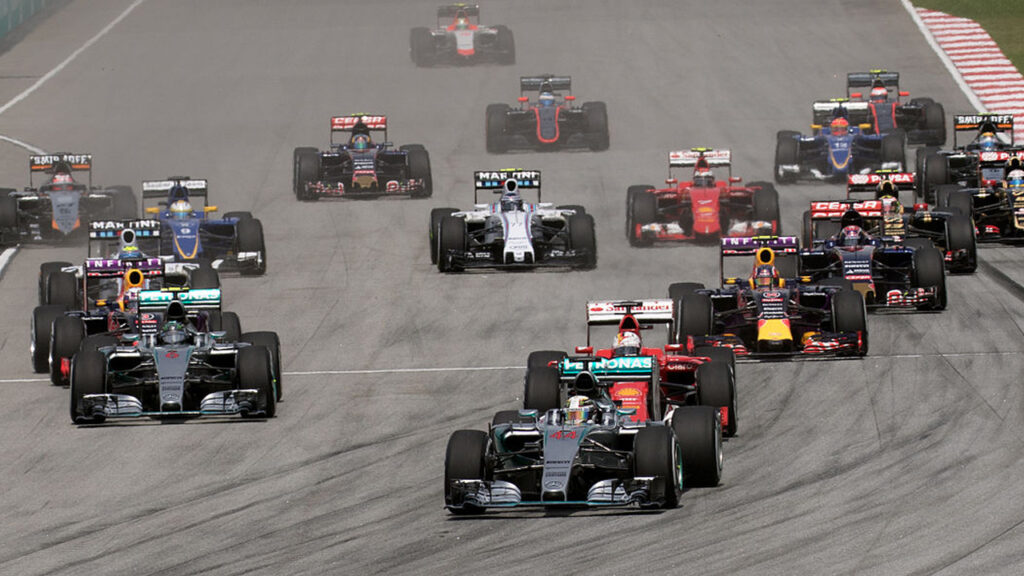
To make this work, AMSL Aero teamed up with Conflux Technology, a company that made its name in the world of high-performance motorsports. They’re bringing their advanced 3D-printed heat exchangers to keep the aircraft’s hydrogen fuel cells running efficiently.
Cooling is a huge deal when you’re working with fuel cells at this scale. Without solid heat management, performance drops fast. Conflux’s tech ensures consistent output and flight reliability—crucial if you’re trying to swap fossil fuels for hydrogen. (Conflux Technology)
Vertiia Isn’t Just About Speed
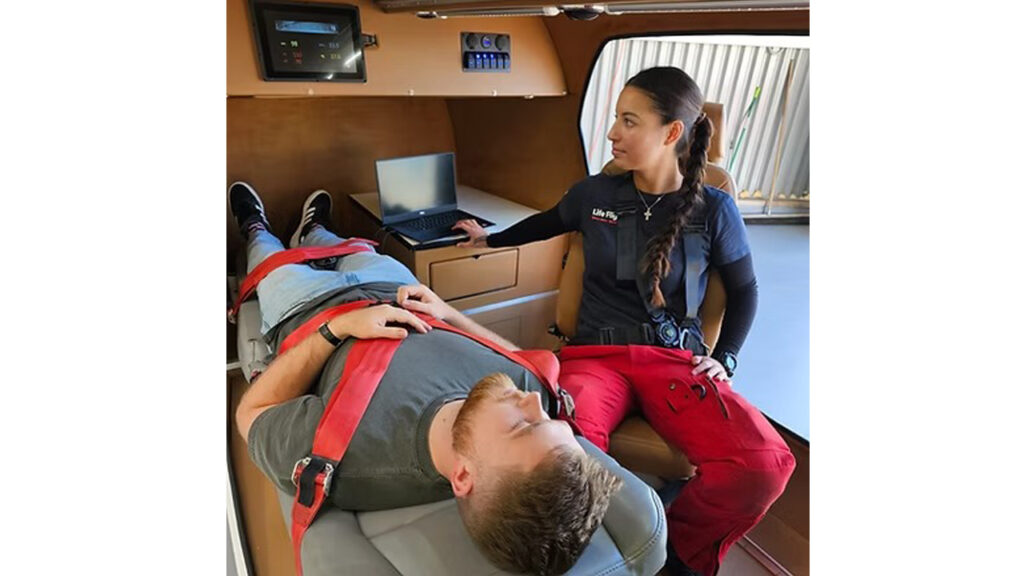
The aircraft isn’t all about pushing boundaries—it’s built to be useful, too. With vertical take-off and landing (VTOL) capabilities, it’s perfect for regional transport, air ambulances, and even connecting rural areas to major hospitals and city centers.
This practical use case is a big part of why the project is gaining traction. It’s not just futuristic tech for the sake of it—it’s solving real problems, especially in parts of Australia where air travel isn’t optional, it’s essential. (eVTOL Insights)
Hydrogen in Aviation Is Gaining Global Momentum
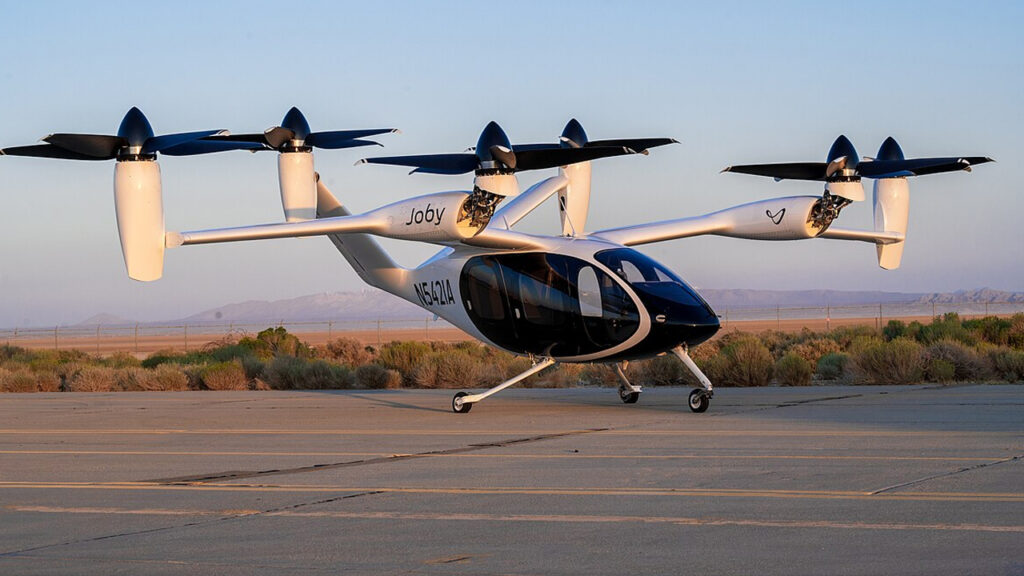
Australia isn’t the only country betting big on hydrogen. In the U.S., companies like Joby Aviation have already pulled off 500+ mile flights with hydrogen-electric setups. And in the UK and U.S., ZeroAvia is developing fuel cell powertrains for commercial planes.
These efforts prove that the market is more than just hype. Hydrogen might not be ready to replace jet engines everywhere just yet, but it’s coming up fast as a serious contender—especially for regional and mid-range flights.
Challenges Don’t Mean It’s a Long Shot
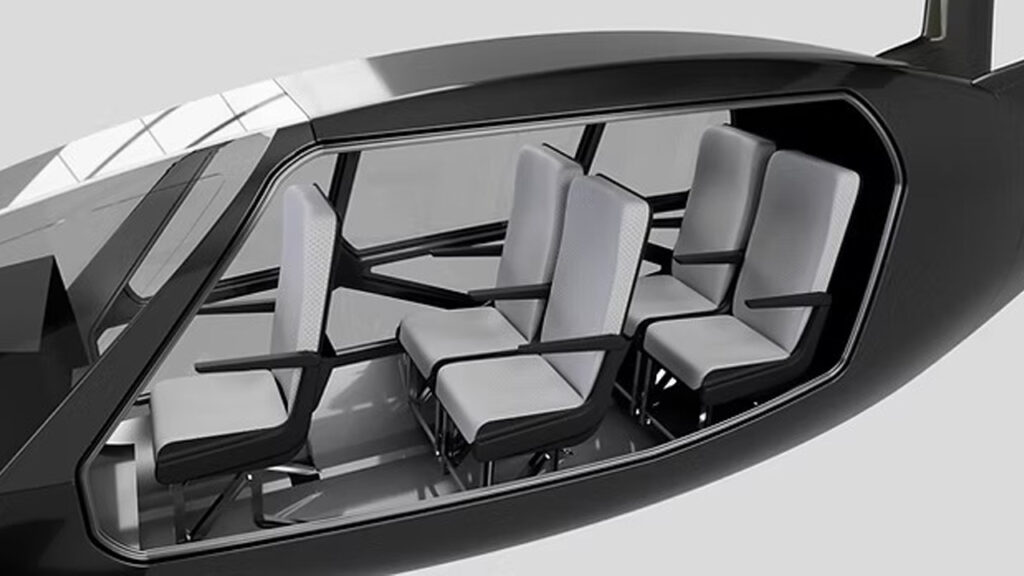
Hydrogen fuel cells aren’t plug-and-play. Storage, cooling, and refueling infrastructure are all big challenges. But the upside—cleaner skies, quieter flights, and long-term savings—makes it worth solving.
Major players like Airbus are already deep into hydrogen aircraft development, and smaller innovators are filling in the gaps. Australia’s Vertiia project is just one example of how quickly this tech is spreading from concept to cockpit.
The Future of Flight Is Looking a Lot Cleaner

If everything stays on track, hydrogen-electric aircraft like Vertiia could be airborne commercially within the decade. That means lower emissions, fewer fossil fuels, and flight options that don’t come at the planet’s expense.
Australia is helping write the next chapter of aviation. This isn’t just a new way to fly—it’s a real step toward transforming how regional and long-haul air travel works, starting from the ground up.


